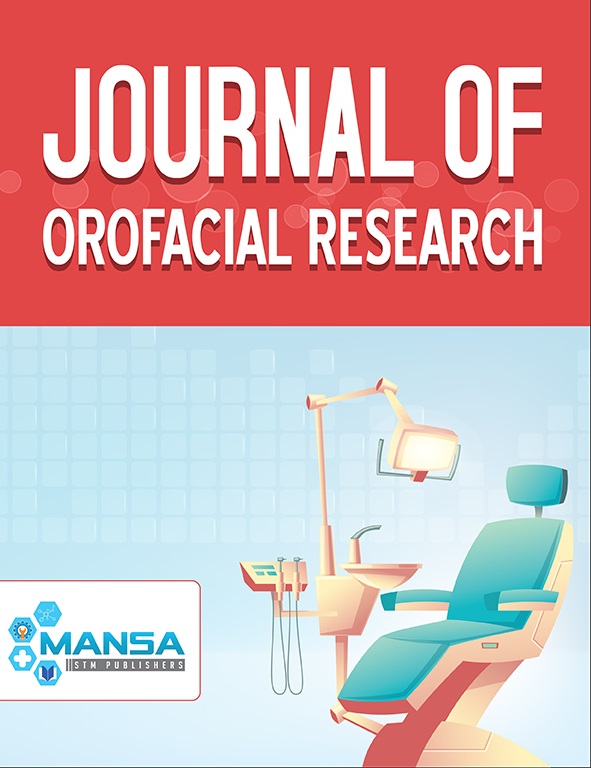Incidence of Anaerobic Bacteria in 118 Patients with Deep-space Head and Neck Infections from the People’s University Hospital of Maxillofacial Surgery, Bhopal, India
Keywords:
Anaerobic, Odontogenic, Space infection.Abstract
susceptibility to antibacterial agents of anaerobic strains in 118 patients with head and neck abscesses (31) and cellulitis (87). Materials and methods: In total, 118 pus specimens from 118 consecutive patients with abscesses (31 cases) and cellulitis (87) of the head and neck were evaluated from 2006 to the end of 2011. The patients were admitted to the University Hospital of Maxillofacial Surgery, Bhopal, India, and comprised 76 men and 42 women: Four children, 103 adults and 11 elderly people. Results: Anaerobic bacteria (174 strains within 18 genera) were found in 88 (74.6%) of the 118 specimens. Anaerobes only were present in 23 (19.5%) specimens, aerobic/facultative bacteria only in 20 (16.9%) and mixed aerobic/anaerobic flora in 65 (55.1%). No growth was detected in 10 (8.5%) specimens. Two or more anaerobes per specimen were found in 56 (63.6%) of the specimens yielding anaerobes. The incidence of isolation of anaerobes from patients with identified odontogenic sources of infection was 82.2% (60 of 73 cases) and that in patients with other sources of infection was 71.4% (15 of 21, p > 0.20). Conclusion: The start of empirical treatment could influence the frequency or rate of isolation of Fusobacterium species. The involvement of the Bacteroides fragilis group in some head and neck infections should be considered.

